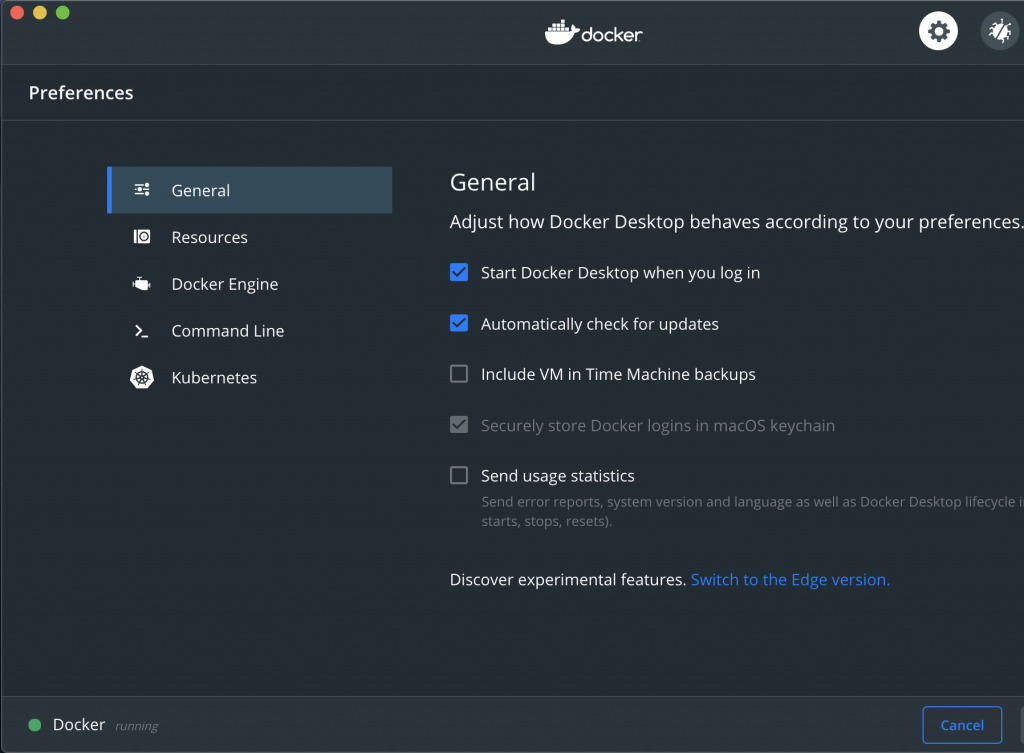

95 percentile: 3.65ms mysql-test-bench | mysql-test-bench | Threads fairness: mysql-test-bench | events (avg/stddev): 19291.0000/0.00 mysql-test-bench | execution time (avg/stddev): 59.9613/0.00 Mysql-test-bench | execution time (avg/stddev): 59.9995/0.00 flush disabled: mysql-test-bench | OLTP test statistics: mysql-test-bench | queries performed: mysql-test-bench | read: 270074 mysql-test-bench | write: 77164 mysql-test-bench | other: 38582 mysql-test-bench | total: 385820 mysql-test-bench | transactions: 19291 (321.51 per sec.) mysql-test-bench | read/write requests: 347238 (5787.13 per sec.) mysql-test-bench | other operations: 38582 (643.01 per sec.) mysql-test-bench | ignored errors: 0 (0.00 per sec.) mysql-test-bench | reconnects: 0 (0.00 per sec.) mysql-test-bench | mysql-test-bench | General statistics: mysql-test-bench | total time: 60.0018s mysql-test-bench | total number of events: 19291 mysql-test-bench | total time taken by event execution: 59.9613s mysql-test-bench | response time: mysql-test-bench | min: 2.68ms mysql-test-bench | avg: 3.11ms mysql-test-bench | max: 20.70ms mysql-test-bench | approx. Mysql-test-bench | total time taken by event execution: 59.9995s

Mysql-test-bench | total number of events: 2195 Mysql-test-bench | reconnects: 0 (0.00 per sec.) Mysql-test-bench | ignored errors: 0 (0.00 per sec.) Mysql-test-bench | other operations: 4390 (73.16 per sec.) Mysql-test-bench | read/write requests: 39510 (658.42 per sec.) Mysql-test-bench | transactions: 2195 (36.58 per sec.) $ docker-compose up benchmark flush enabled: mysql-test-bench | OLTP test statistics: If you’re skeptical about performance gain after changing just one value from true to false, then let the results below change your mind.Ĭommand to run it: $ docker-compose build I ran it twice – once with flushing enabled (default), and once with flushing disabled. In my test case, I decided to use one thread (I only allocated 1 core for Docker on my Macbook) and a table with 10000 rows. This test uses a standard Docker MySQL image without tweaks, and an image with sysbench installed. I created a small test case to check this. $ git add 64-linux/disk/full-sync-on-flushġ file changed, 1 insertion(+), 1 deletion(-)Īctually, someone even placed bash script on gist to make things easier. $ echo false > 64-linux/disk/full-sync-on-flush HEAD is now at cafabd0 Docker started 1475137831 Things will get a lot faster when you type those few lines into your terminal: $ cd ~/Library/Containers//Data/database/

While reading about Docker issues on Github, I found a solution provided by djs55. In this case, you may decide to disable this behaviour as F_FULLFSYNC has a negative performance drawback in Docker for Mac

If you have a Macbook, even power loss isn’t a threat. In most cases, though, you’ll be using your machine for dev purposes, where you don’t care to recreate database from fixtures. IF you decide to setup a database inside Docker for Mac on a production environment… However… This will guarantee that during power loss or any unexpected event your data will be safe.Īctually, this make sense. In short – to keep our data safe – every change made in the database needs to be stored on disk in an exact order. Applications, such as databases, that require a strict ordering of writes should use F_FULLFSYNC to ensure that their data is written in the order they expect.” The F_FULLFSYNC fcntl asks the drive to flush all buffered data to permanent storage.
#Docker for mac directories mac os x
“For applications that require tighter guarantees about the integrity of their data, Mac OS X provides the F_FULLFSYNC fcntl.
#Docker for mac directories full
Docker for Mac and full sync on flush issueįirst, let’s look at MacOS fsync documentation: At least, as long as you don’t try to do any heavy database work. If you are – for example – a Java developer who uses Docker to run compiled jar, you may even not notice the difference. Things won’t be as close to bare metal as they are in Linux. Because of this, you need to allocate CPU cores and RAM for the VM. To make all this possible, a light Alpine Linux image is fired up underneath with xhyve MacOS native virtualization. It gives you the whole Docker API available from the terminal, even though Docker itself wasn’t created to work on Macs. Almost.ĭocker for Mac is a pretty smart invention. Are you a Linux user who switched to Mac when you saw that Docker is now available as a native Mac app? Or maybe you’ve heard how great Docker is and you want to give it a try? Did you think that you could just take your Docker Compose file, launch your project and have everything work out for you? Well… you were right.


 0 kommentar(er)
0 kommentar(er)
